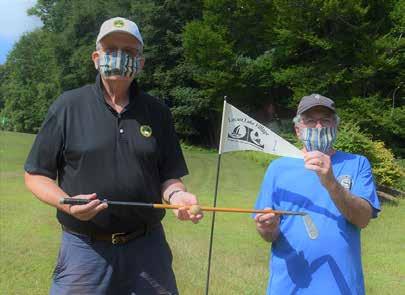
7 minute read
Black Bears
Photo by Larry Baker
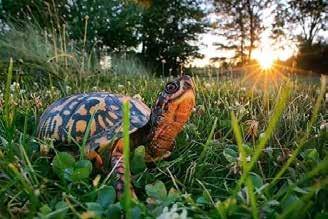
Advertisement
Taken from Facebook post from Tina Blackwell.
Did you know a Box turtle only roams 1 mile its whole life? If it is removed from its area/home then for the rest of its life it will roam aimlessly stressed out... trying to find “home” until it dies a very sad death. Please do not remove turtles. Do not take them home as pets. If one is injured please mark the exact spot found for the wildlife center. If a turtle is in the road you can help by moving it directly across the street in the direction it was heading. Thank you! I post this every few months because it’s not really known. Many people think it is harmless to let their children take home a docile turtle to play with and release it someplace they see appropriate. I was once that kid. Please share the knowledge.
http://www.boxturtles.com/box-turtle-conservation/ After watching a presentation on black bears in the Poconos, I thought it would be a good idea to give the villagers some information on them, especially since there seem to be a lot of bear sightings these days. This information comes from the Pennsylvania Game Commission. This is just a drop in the bucket, but might give you an idea on when to expect to see them and what they are up to.
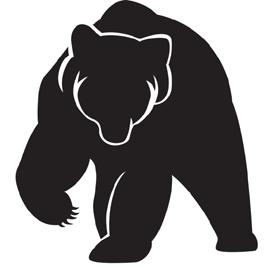
The Facts
There are three species of bears in North America; the polar bear, the grizzly bear and the black bear. The black bear’s scientific name is Ursus americanus, which means “American Bear. Only the black bear lives in Pennsylvania and as of 2015, there were about 20,000 in the commonwealth. They are one of the most intelligent mammals and have an excellent sense of smell and hearing. Black bears are not always black; often they are cinnamon colored or even blond. They may look like they might be slow due to their size, but they can run up to 35 miles per hour and are good swimmers and climbers. Adult female bears, called sows, weigh about 175 pounds. Adult male bears, called boars, weigh around 400 pounds. Black bears are about 3 feet high when standing on all four feet and 5 to 7 feet tall when standing upright.
Lifecyle of bears
In the fall, they move into their dens. In Pennsylvania, dens are often in the open, and can be excavated holes beneath shrubs, trees or dead falls, in hollow trees or nests built on the ground. The reason bearhunting season is in November is because by then, the pregnant females have entered the dens and the males and non-pregnant females do not enter until a bit later on. An interesting fact about black bears is that although they mate in early June to mid-July, the fertilized eggs do not implant themselves into the uterus until November, at which point the fetuses start to develop and then the mother gives birth in January, usually to 3 cubs here in the Poconos. The fetuses will only develop if the mother has enough body fat and other nutrients to survive and provide milk to her cubs before she can eat again in the spring, because once they are born, she nurses then every day and doesn’t eat for about 5 months. They are the last to come out of their dens in late March or early April. Female bears are pregnant every other year and their cubs leave the following June, when they are about 18 months old, and then she is free to mate again.
What do Bears Eat?
Bears are omnivores and very hungry when then emerge from their dens. Spring doesn’t really start in the Poconos until May, so it is hard for them to find food. If they can find a supply of skunk cabbage, which is widely available and abundant, they can feed on that. If they find a deer killed in the winter and now thawing out, they will eat that. Another important food comes from Aspen trees, which provide leaves and flowers and both the sows and the cubs climb the trees. As the spring progresses, food becomes more plentiful. They also eat bees, ants, termites, eggs, and small animals, like newborn fawns. They are an opportunistic feeder, which means that they will eat any food they find available, including people’s garbage and bird food.
Bear signs and sounds
Black bear tracks are distinctive. The hind footprint resembles a human’s. Bears have five toes. The front foot is shorter than the rear, which is long and narrow. Claw marks may or may not be visible. Bears use trails, just like people do. Look for tracks in soft earth or around mud puddles, and for claw marks on smooth-bark trees or rotten logs that have been ripped apart for insects. It’s also easy to recognize a black bear’s sizeable droppings of partly digested berries, vegetation, corn or animal hair.
If You Live In Bear Country
Since we live in bear country, make some accommodations to coexist peacefully with them. Make sure you don’t encourage bears to become problem bears by letting potential food sources attract them into residential areas. Clean the outdoor grill after every use, and properly dispose of grill grease. Don’t dump the grease out back. If you feed birds during summer (and if you’re living in bear country, you shouldn’t be), you may want to bring all bird feeders, including hummingbird feeders, in at night. Keep the area around your gardens and fruit trees clean, and avoid putting food scraps in compost piles. Store trash, bird seed and pet food inside a building, garage or secure shed, and keep the door closed.
If you come across a bear on your property, you can do two things. The first is to make loud noises or shout at the bear from a distance. The second option is to leave the bear alone. Follow up by making sure you eliminate whatever attracted the bear in the first place. Feeding bears is against the law. It is also against the law to put out any feed, for any wildlife, that is causing bears to congregate or habituate to an area.
SOLD 10 DAYS


$93,500; 37 Mountain View MLS #PM-68999
SOLD

$125,000; 131 Wagner Way MLS #PM-65882
SOLD 31 DAYS
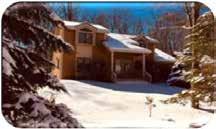
$237,500; 325 Ridge Road MLS #PM-65630
SOLD 54 DAYS
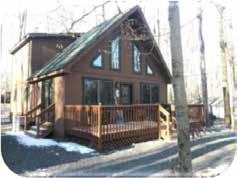
$130,000; 235 Elk Run MLS #PM-64822
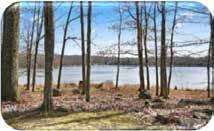

SOLD
LAKEFRONT
$300,000; 142 Cottontail Ln MLS #PM-62752
SOLD

$205,000; 114 Fawn Road MLS #PM-66966
PENDING
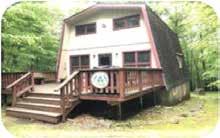
$125,000; 279 Mountain View Dr MLS #PM-68850
SOLD

$104,000; 167 Tommys Lane MLS #PM-54935
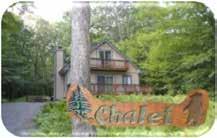
PENDING
$139,900; 1751 Stag Run MLS #PM-71761
NEW LISTING
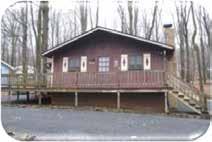
$90,000; 1513 Locust Lane MLS #PM-76747

$245,900; 363 Ridge Rd MLS #PM-75000
Heather Rickert Cell 215.850.9640 SOLD 16 DAYS

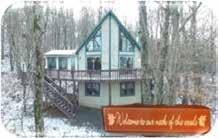
$131,300; 342 Ridge Road MLS $PM-71587
$187,000; 30 Mountain View Dr MLS #PM-73769

$175,000; 196 Mountain View Dr MLS #PM-73154 $12,900; 509 Ridge Rd MLS #PM-43628 $12,900; 306 Tommy Ln MLS #PM-43633 $12,900; 112 Fawn Rd MLS #PM-43632 $12,900; 523 Beech Ln MLS #PM-43631 $7,500; 403 Ridge Rd MLS #PM-44151 $7,500; 404 Ridge Rd MLS #PM-44152 $7,500; 405 Ridge Rd MLS #PM-44154 $10,000; 1512 Selig Rd MLS #PM-69653 $6,500; 108 Lake Ln MLS #PM-69653

Jeff Rickert Cell 267.456.8844
Century 21 Select Group wishes all of our Locust Lake Village neighbors a fun-filled Fall
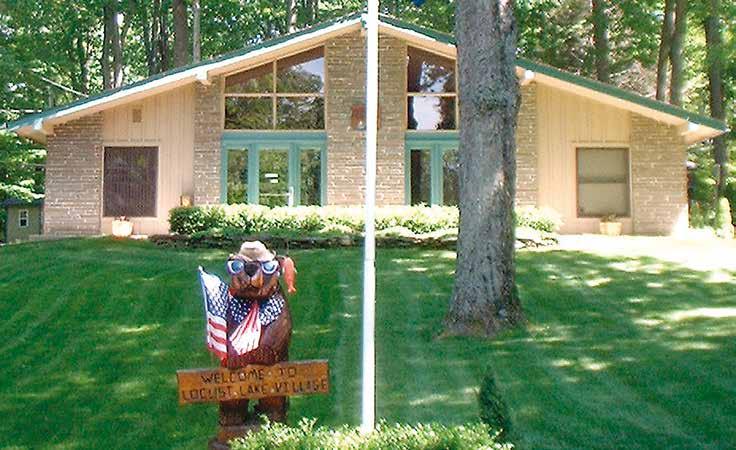

ExPERiENCE aNd RESulTS CouNT List with the professionals who have sold more homes in List with the professionals who have sold more homes in Locust Lake Village in the past 44 years than any other Realtor © Locust Lake Village in the past 45 years than any other Realtor ®
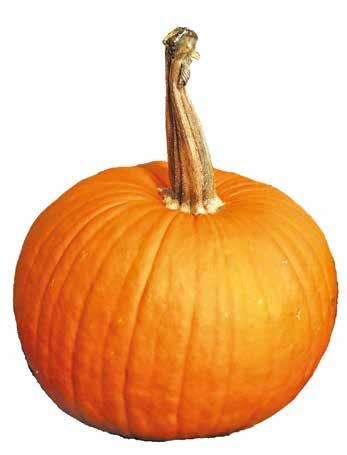

Century 21 Select Group Pocono Lake Office
1778 lake lane, P.o. Box aB Pocono lake, Pa 18347 (at entrance to Locust Lake Village from rt. 940 in Pocono Lake)



